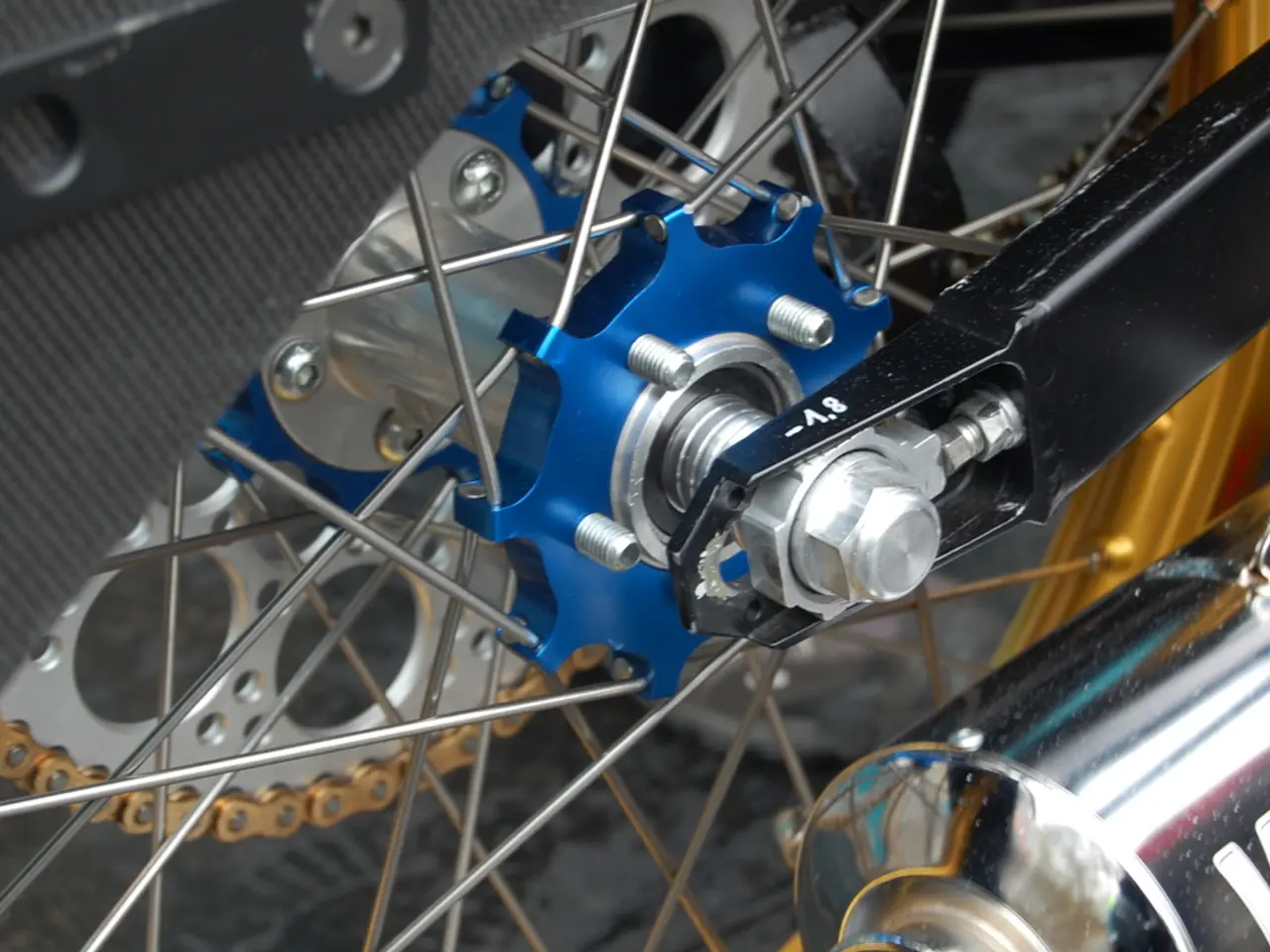Crafted a Vehicle Propelled by a Two-Century-Old Mechanism - Devoid of Fuel and Batteries, Offering Nearly Silent Operation
Stanton's Stirling Engine-Powered Bicycle: A Modern Take on an Old Technology
Aerospace engineer and YouTuber Tom Stanton has revived the Stirling engine, a 200-year-old invention, to power a modern bicycle. This unique blend of historical technology and modern manufacturing techniques has resulted in a sustainable and almost silent mode of transport.
How It Works
The Stirling engine, first patented in 1816, operates on the principle of expansion and contraction of a gas between a hot and a cold side. For the bicycle, Stanton used an aluminum engine block, featuring a steel hot chamber and a water-cooling system for the cold side. He utilized modern tools like 3D printing and CNC machining to create parts such as custom-machined flywheels and pulleys, and used TPU for piston rings to minimize friction and optimize sealing.
A red-hot steel cap provides the necessary heat for the engine, while water cooling ensures efficiency by maintaining a temperature differential. Precision was crucial in the construction of the Stirling engine, with efforts focused on minimizing air leaks, reducing friction, and perfecting the piston geometry.
Performance Characteristics
The bicycle generates between 100 and 150 watts of power, allowing it to reach speeds of about 15 mph (24 km/h) on flat terrain. However, it faces some challenges. The engine requires preheating, leading to a slow startup. It struggles with torque when starting from a standstill, and lacks real-time throttle control, which can make adjusting output difficult during use.
Despite these challenges, the bicycle operates almost silently and produces no exhaust emissions, making it an attractive sustainable alternative to traditional combustion or electric bikes. Stanton is considering improvements for the Stirling bike, including a regenerator for increased efficiency and a clutch system to make it more practical to ride.
The Stirling-powered bicycle does not require a battery pack or charging station, setting it apart from electric bikes. Stanton's Stirling bike project demonstrates the potential of old technology to inspire modern sustainable engineering.
[1] Stanton, T. (n.d.). Stirling Engine Bicycle - Tom Stanton's YouTube Channel. [Online Video]. Available at: https://youtu.be/jhgfZ3yxv_Q
[2] Stanton, T. (2021). Stirling Engine Bicycle - Part 2 - Tom Stanton's YouTube Channel. [Online Video]. Available at: https://youtu.be/jNJl95FfQYU
[3] Stanton, T. (2021). Stirling Engine Bicycle - Part 3 - Tom Stanton's YouTube Channel. [Online Video]. Available at: https://youtu.be/J3Nl5WyYXZw
[4] Stanton, T. (2021). Stirling Engine Bicycle - Part 4 - Tom Stanton's YouTube Channel. [Online Video]. Available at: https://youtu.be/2vUqB7v_J6g
Incorporating Stanton's unique design in a home-and-garden setting could yield a sustainable living space, showcasing the versatility of the Stirling engine-powered bicycle. This bicycle, with its roots in 18th-century technology, is a testament to the fusion of sustainable-living concepts and modern technology in today's lifestyle.




